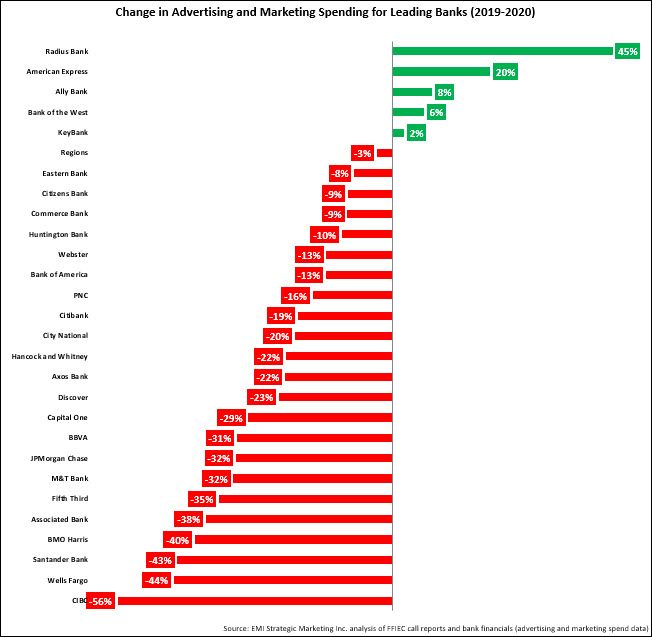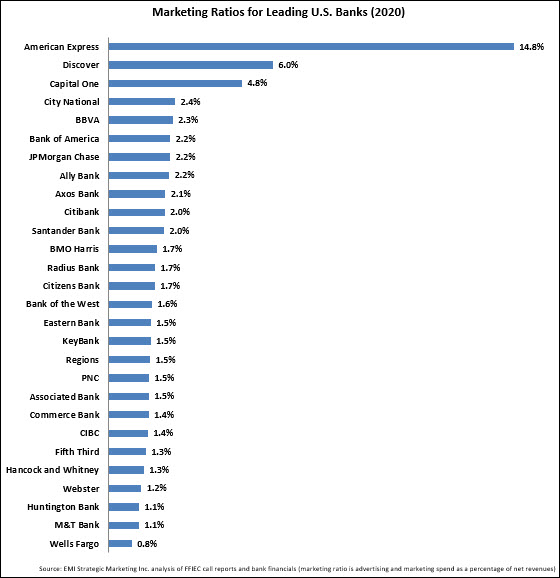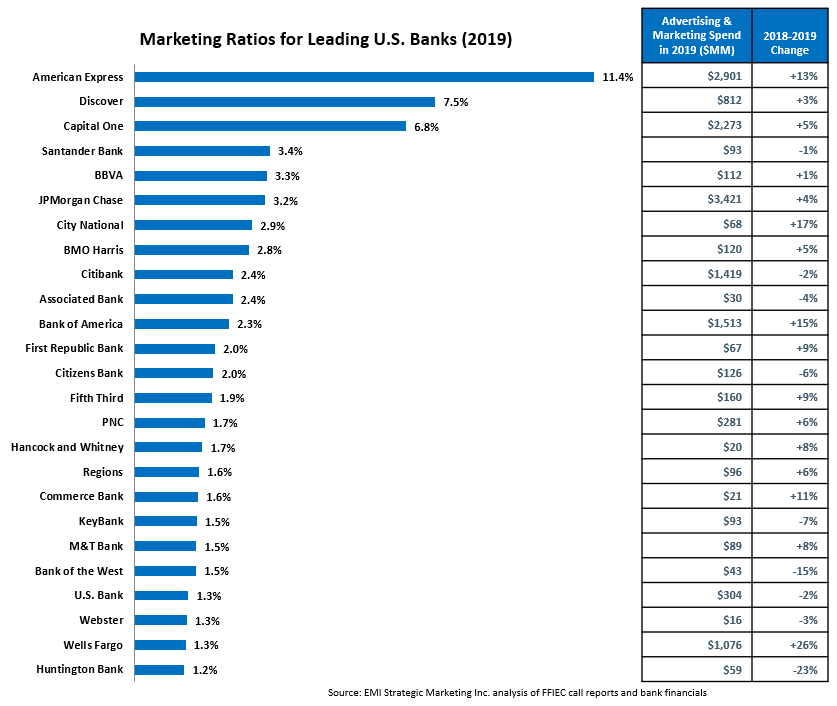We have come to the end of the financial reporting season for the main U.S. banks, and the following trends are showing up in four key credit card metrics:
- Outstandings
- Volume
- Charge-off rates
- New account production
Leading issuers report y/y growth in outstandings. In recent quarters, issuers have reported strong y/y declines in outstandings, due to low economy activity and high repayment rates. In the most recent quarter, however, many issuers are now reporting y/y loan growth, led by American Express (+6%) and Capital One (+4%). This growth should continue in the coming quarters as payment rates moderate (in part due to the ending of federal COVID support payments).
Strong growth in credit card volume continues. All of the leading issuers who include volume data in their quarterly financials reported y/y growth rates of at least 20%, driven by the increase in economic activity, recent account growth and the ongoing transition to electronic payments. Many issuers are reporting that spending levels are well above 2019 levels. In addition, issuers are now reporting strong growth in categories where spending plummeted in 2020 during the COVID-19 pandemic, particularly travel & entertainment (T&E). American Express reported a 124% y/y rise in T&E spending in 3Q21, although this was still 29% below the 3Q19 level. Discover reported that 3Q21 travel spending was 1% higher than the same period in 2019. American Express has also reported that spending growth is being driven by younger consumers: its Gen Z and Millennial customers generated y/y spending growth of 38% between 3Q19 and 3Q21, vs. a 6% decline for Baby Boomers.
Charge-off rates have fallen to historic lows but may be bottoming out. Net charge-off rates for most leading issuers are now less than 2%, due to high payment rates and bank supports for consumers in arrears during the pandemic. Some issuers – such as Capital One – reported modest quarterly increases in delinquency rates in recent months, an indication that the decline in charge-off rates should bottom out in the coming quarter.
Issuers have started to ramp up new credit card acquisition activity.Wells Fargo and Bank of America more than doubled new accounts between 3Q20 and 3Q21, as production returned to pre-pandemic levels. Moreover, issuers appear to be committed to investing marketing dollars to drive further acquisition and usage. Capital One has ramped up its marketing spend by 79% y/y in the first 9 months of 2021 and expects to continue this investment in the fourth quarter.


